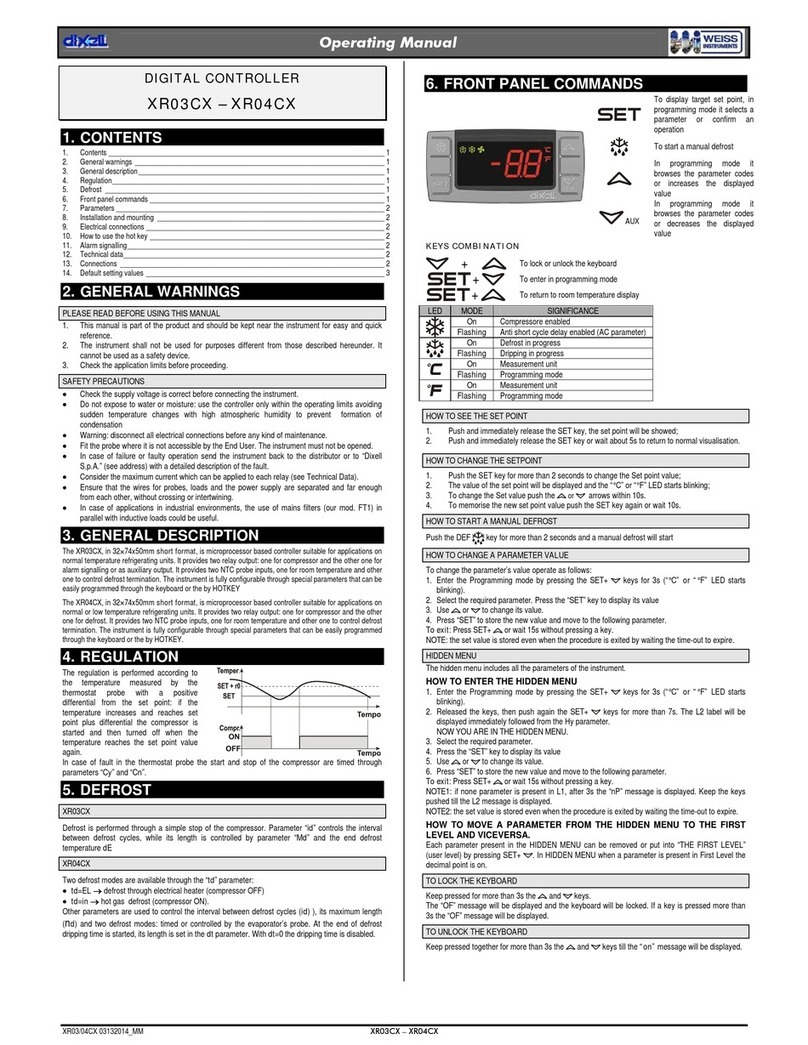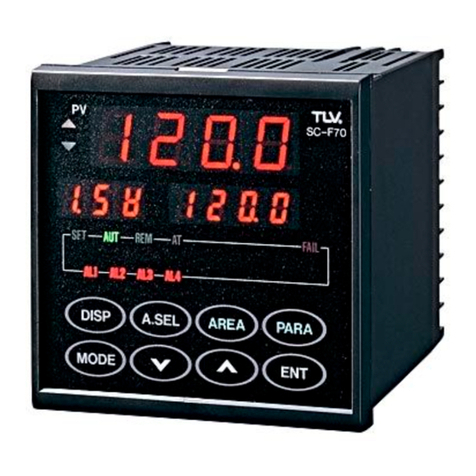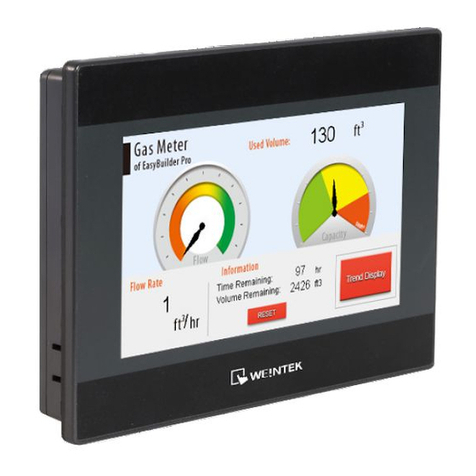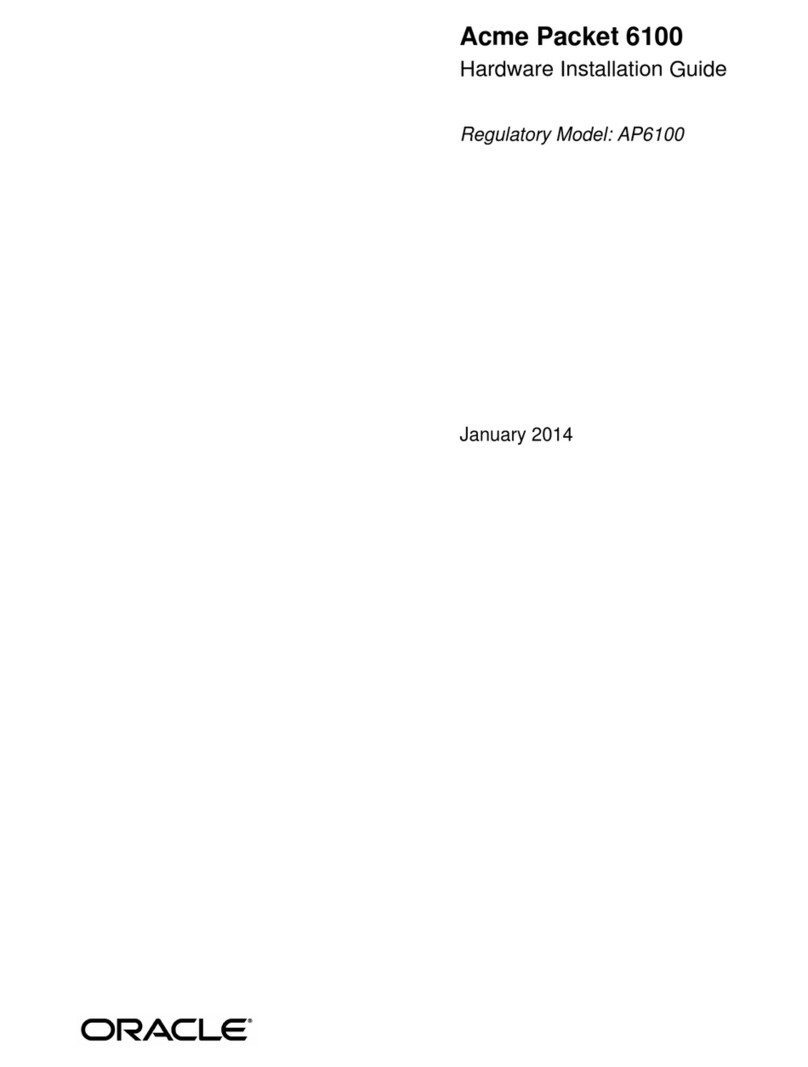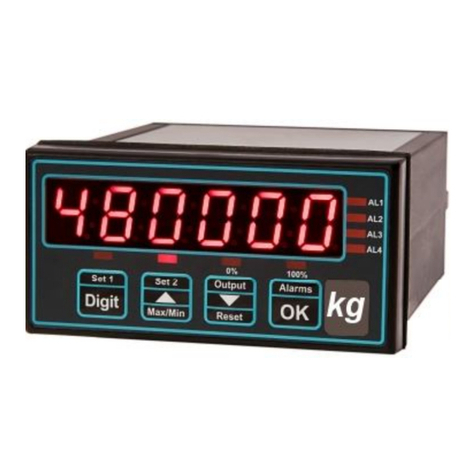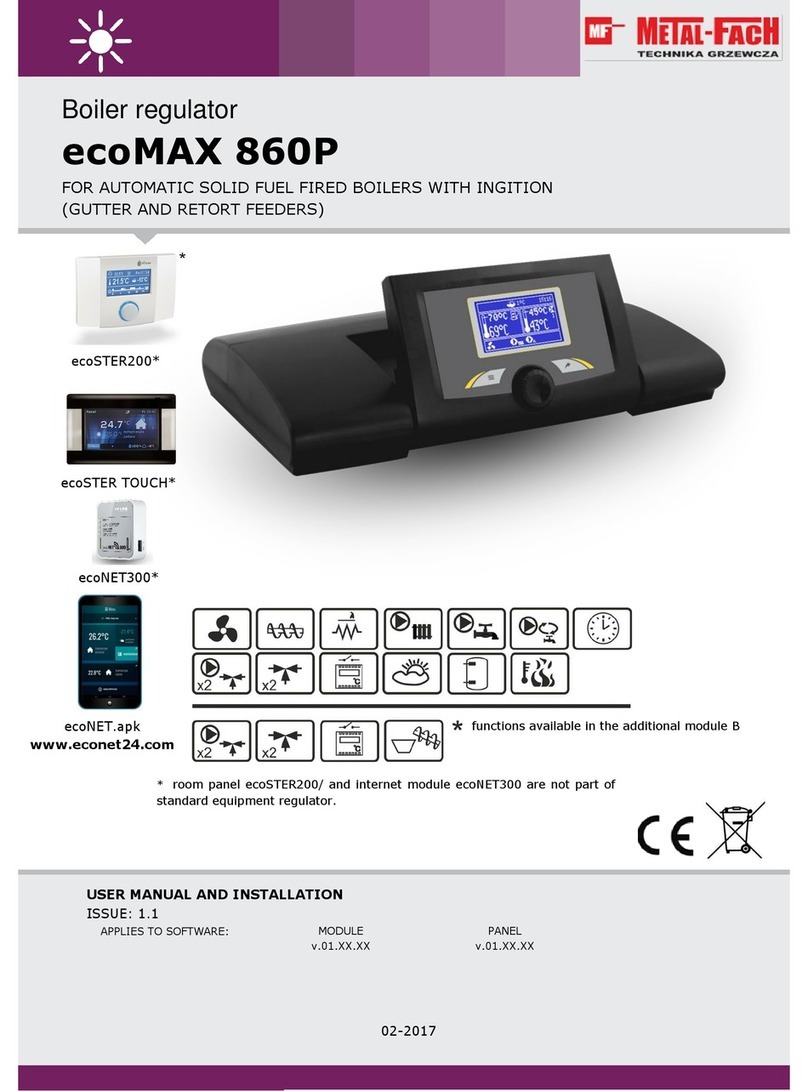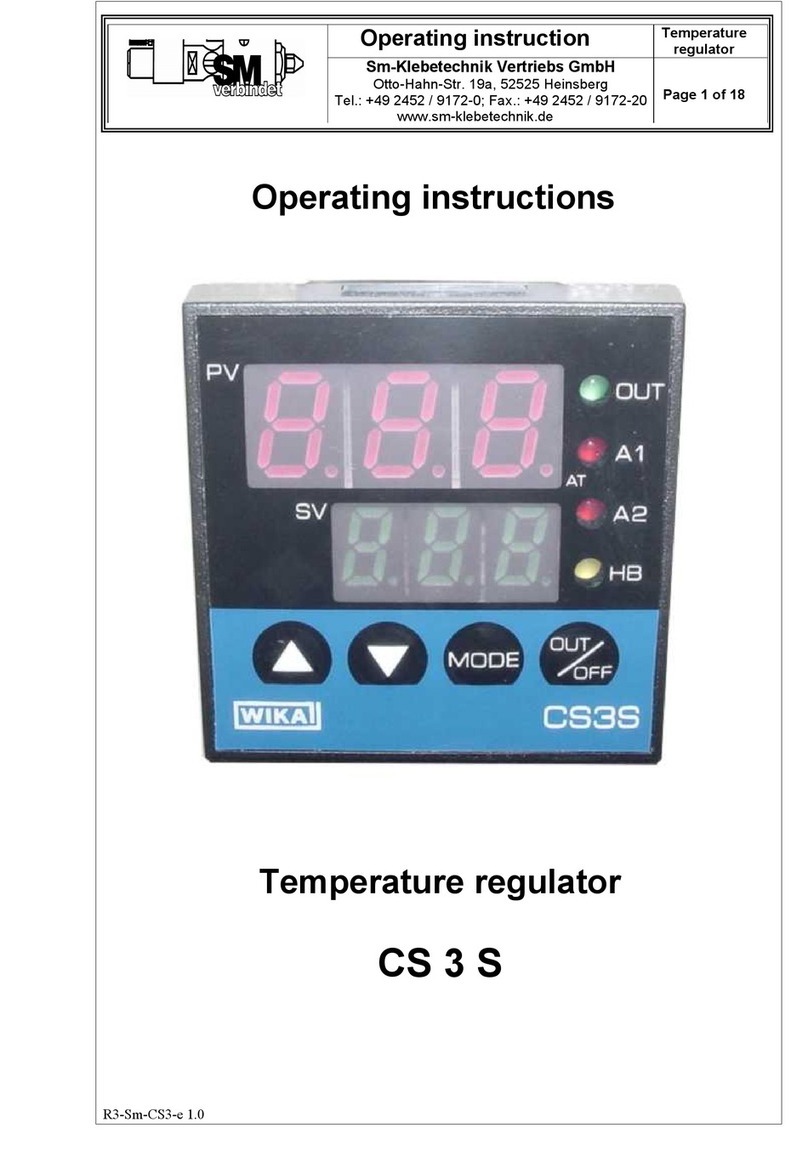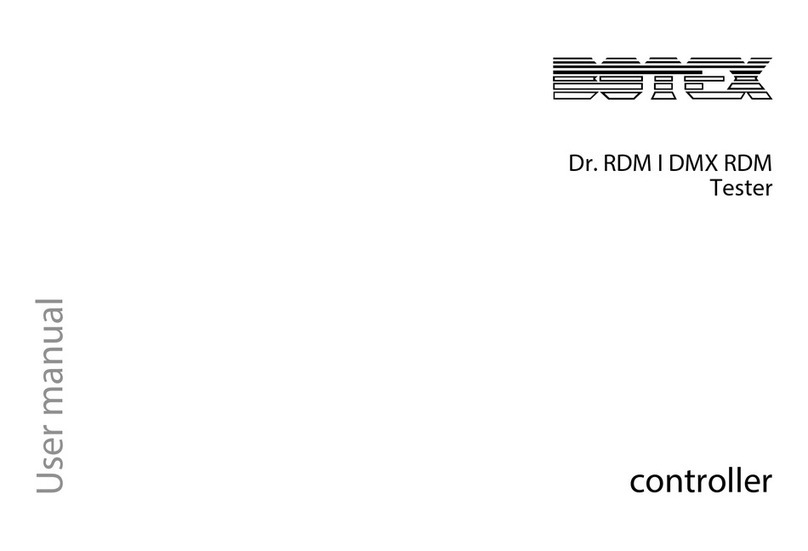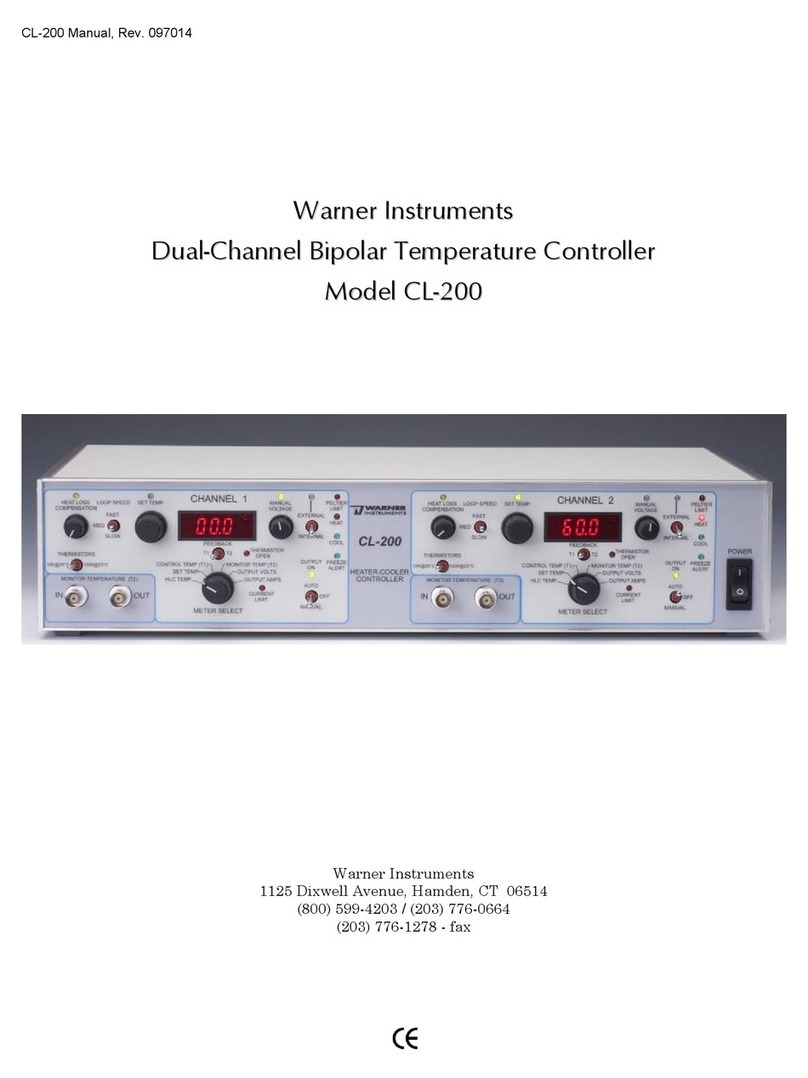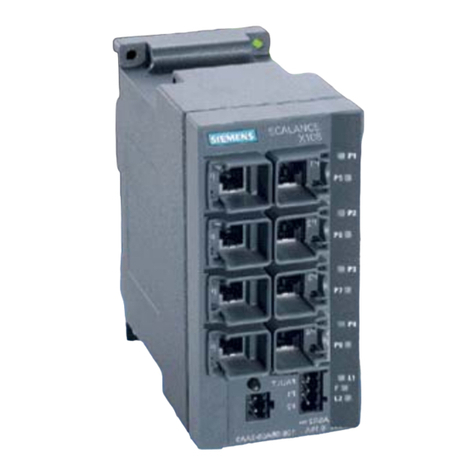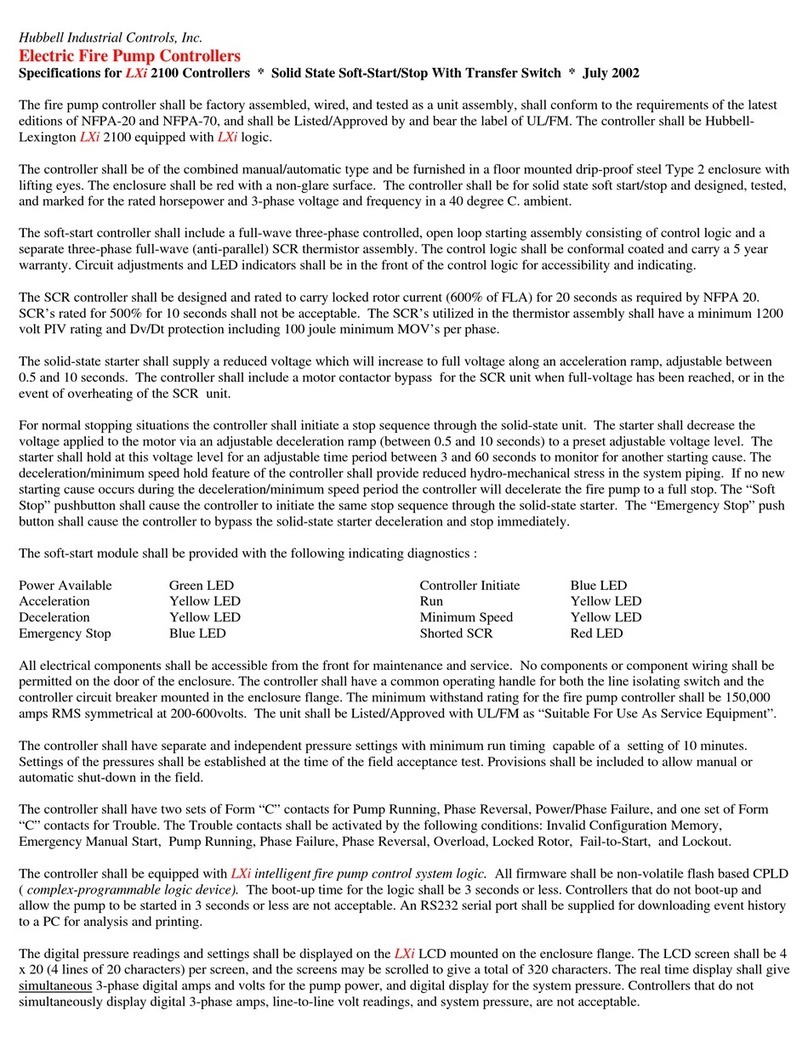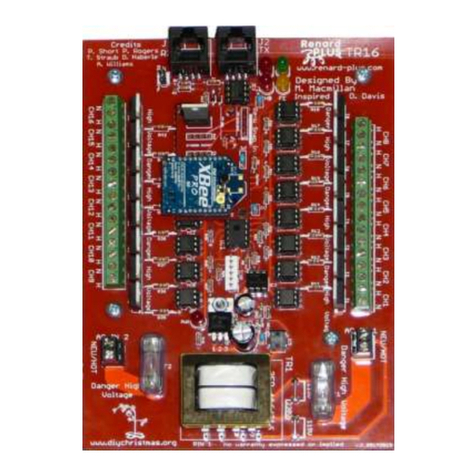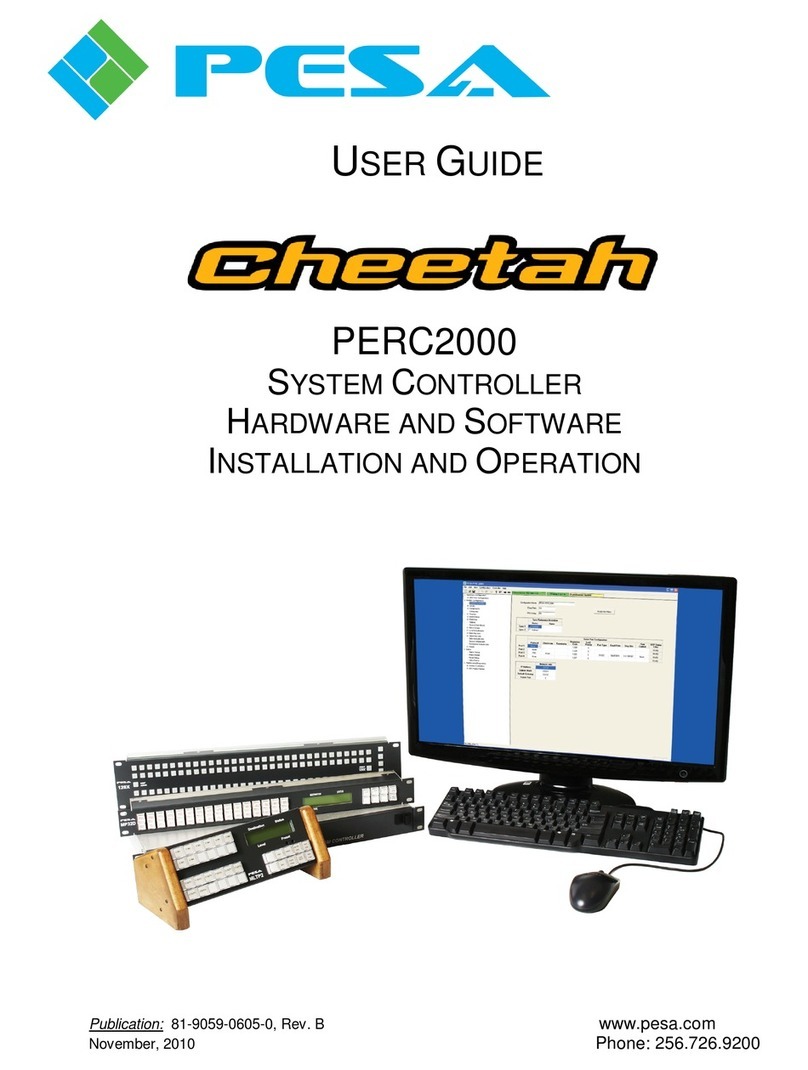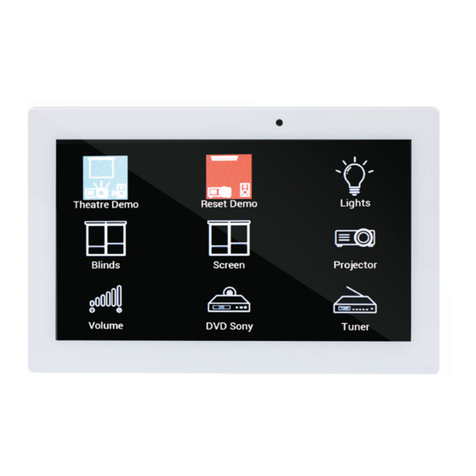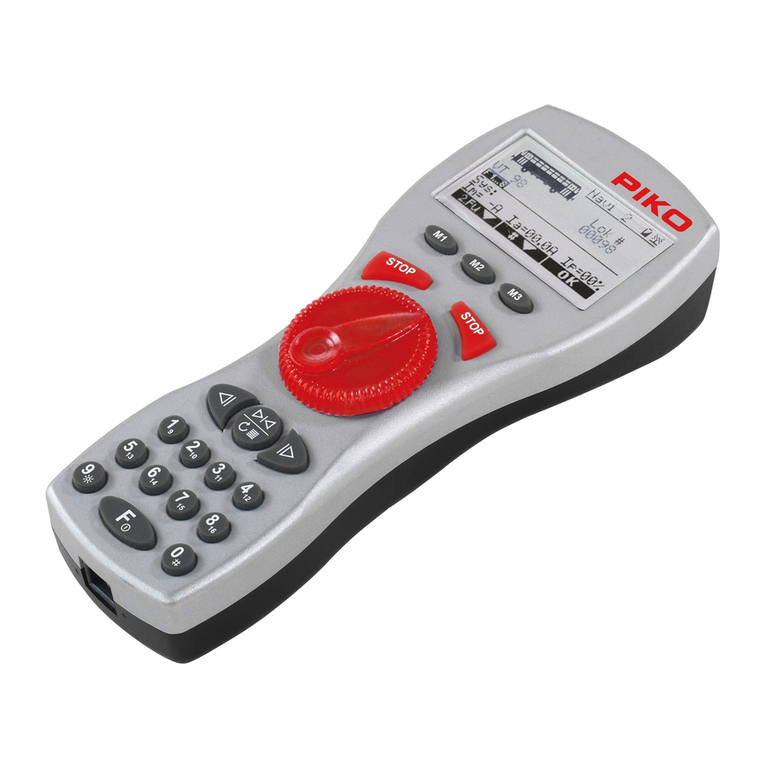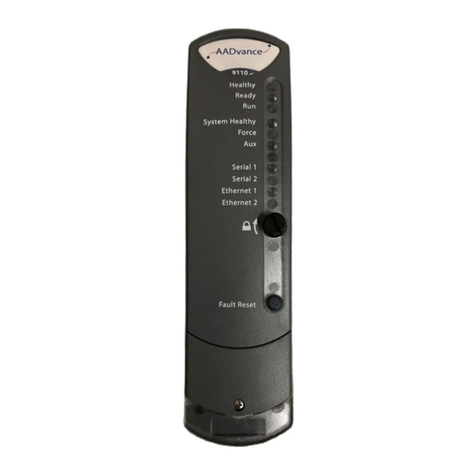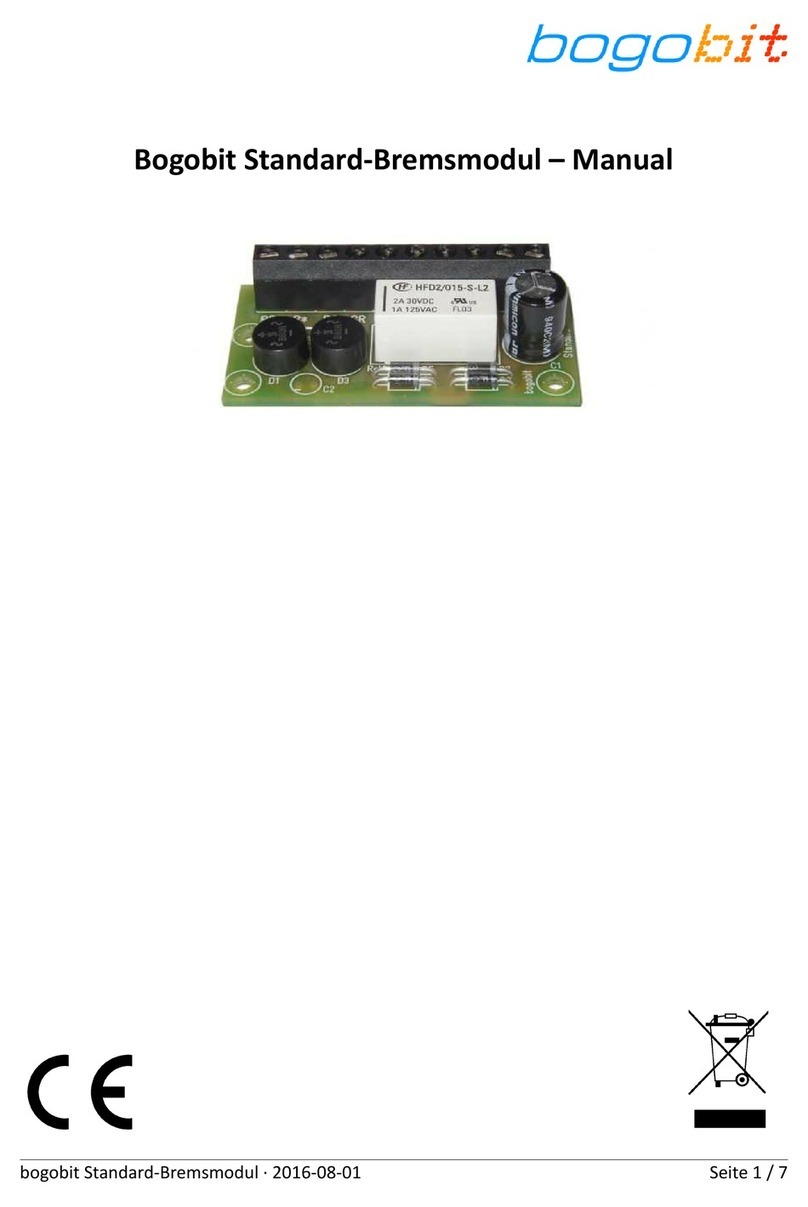•
When in doubt about safety, or the connection or operation of the device, which is not ex-
plained in these operating instructions, please contact us or a recognized expert
3.2 Electrical Safety
•
Operate the module only with low voltage according to the specifications in the technical
data chapter Only use power supplies, such as transformers or digital control stations, that
are certified for use in model railway applications Connection of higher voltages (e g 230 V
mains voltage) is not permitted, also not on relay contacts There is danger to life through
an electric shock and a risk of fire!
•
Adhere to the limits on maximum allowable current according to the specifications in the
technical data chapter Exceeding the limits leads to overload and destruction of the device
and bears the risk of fire or electric shock
•
Switch off the power supply before working on the electrical connections
•
Pay attention to appropriate wire cross sections (rule of thumb: 0,1 mm² per 1 A maximum
possible current, e g 0,5 mm² cross section for 5 A maximum current)
3.3 eat Generation
Electronic components on the product may heat up significantly during operation
•
When mounting the product, ensure sufficient air circulation around the device to prevent
heat build-up and overheating
•
When mounting the product, keep sufficient distance to heat sensitive and inflammable ob-
jects (e g wood or plastic surfaces, cable insulation)
•
When touching the product, there is danger of skin burn
4 Function of the bogobit Bremsmodul
4.1 General Function
The Bogobit Bremsmodul Classic is a brake module for digitally controlled model railways The mo-
dule generates a “brake voltage” This brake voltage, when applied to the track, lets locos brake
smoothly if they are equipped with a suitable decoder It can be used on model layouts with center
stud tracks (Märklin H0), and for most applications also with two-rail tracks It can be used on digi-
tally controlled model railways using the Märklin/Motorola/mfx protocol and, depending on deco-
der characterstics, also with the DCC protocol
It is the characteristic feature of the Bremsmodul Classic that it only needs a single isolated track
section, i e a single isolated center stud section in the case of center stud track, or a single one-
sided track section in the case of two-rail track There is no technical need for transition sections or
stop sections This minimizes installation effort
The Bremsmodul Classic has two operational states: “proceed” and “brake” In the proceed state,
the unmodified digital voltage is applied to the track; in the brake state, a “brake voltage” is ap-
plied to the track instead The brake module has a control input to set either state The implement-
bogobit Bremsmodul Classic · 2016-08-01 page 3 / 12












